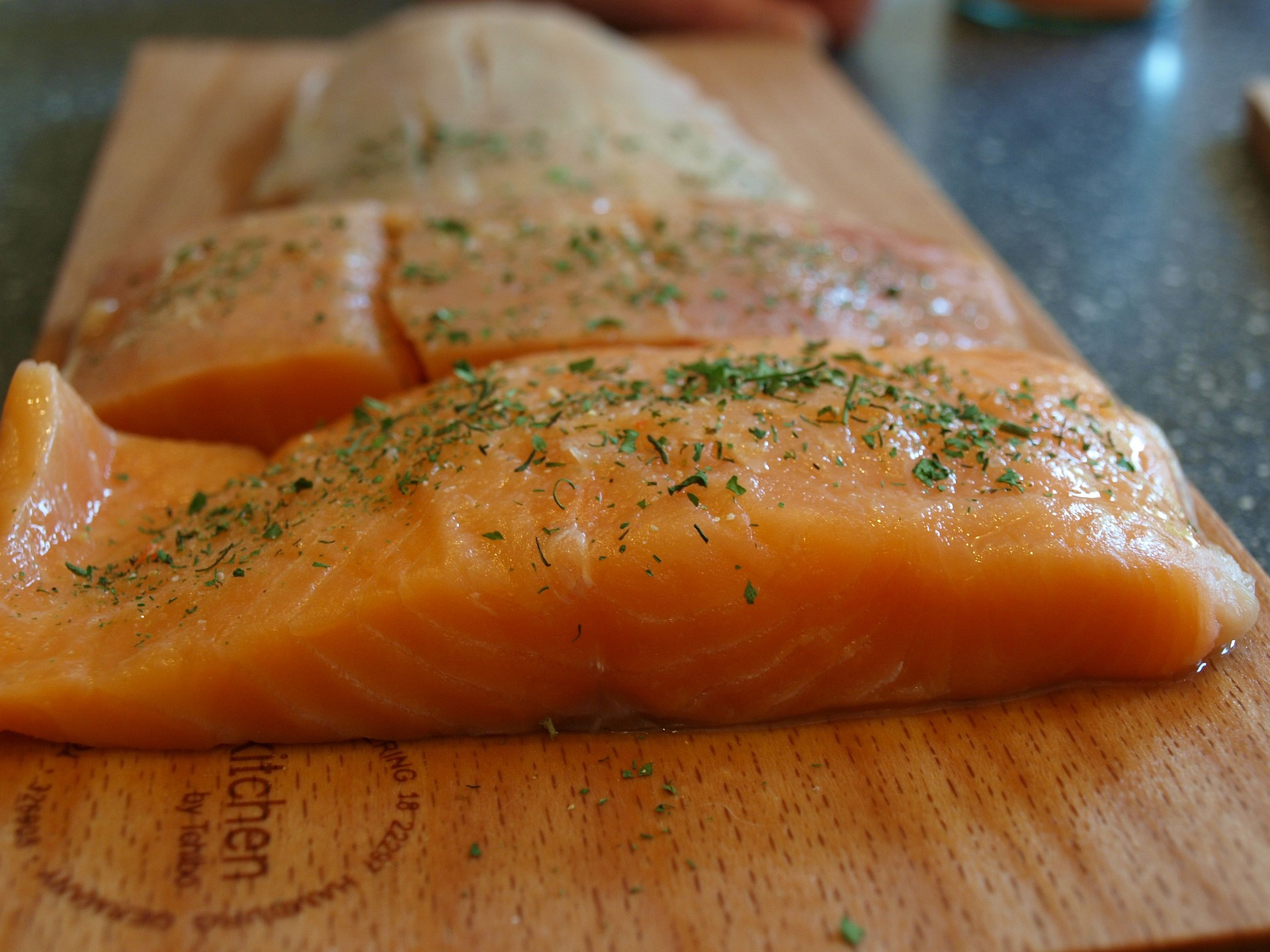
Te Whanganui a Tara – New Zealand King Salmon (NZKS) has reported a $24.5 million loss for its half-year earnings, of which it says a major contributor was a January mortality event, animal activist SAFE says.
A 25 percent mortality rate for NZKS farms is considered standard for the company, and NZKS is forecasting a 38.8 percent mortality rate.
The Scottish salmon farming industry, which itself has a bad reputation for fish welfare, has a 10 to 20 percent mortality rate on average.
SAFE campaigns manager Anna de Roo says NZKS’s focus on the loss of revenue is a cover-up of horrifying mortality rates.
“Salmon are suffering, and they’re owed legal protection just like any other animal,” she says.
“They have the capacity to suffer and feel pain and are recognised under the Animal Welfare Act. When you look at the torturous living conditions salmon are living in, it’s no surprise so many are dying.”
NZKS reports point to prolonged elevated water temperatures, opportunistic microorganisms/diseases, feed-related issues, predators, reduced oxygen levels, biofouling and other stressors as contributing factors to the sea farm mortalities.
Despite the scale of the problem, the national animal welfare advisory committee has failed to deliver a code of welfare. It’s been on their to-do list for over seven years.
“Ultimately, we want to see fish farming in Aotearoa banned. Argentina banned salmon farming last year, and we need to follow suit.”
Salmon farms consist of multiple underwater sea cages. These cages can vary in size, but a 30m x 40m cage that’s 15 meters deep can hold about 30,000 fishes.
Stocking density is typically 25kg of biomass per one cubic metre of water, which would equate to a bathtub of water for each salmon.
New Zealand King Salmon harvested 7382 tonnes of salmon in the 2021-2022 financial year.
NZKS eight farms in the Marlborough Sounds and produces around 56 percent of all NZ farmed salmon. Its retail brands are Regal Salmon and Southern Ocean.
Sanford”s operates two farms in Big Glory Bay in Stewart Island and produces around 29 percent of all NZ farmed salmon. The company is listed on the stock exchange. It sells under its own brand and also sells salmon to Prime Foods, which owns the Prime Smoke and Studholme brands.
Aoraki Smokehouse is the other main retail brand in the market. It’s produced by Benmore Salmon, which operates a freshwater salmon farm in the South Island hydro canals and is majority-owned by private shareholders.
High Country Salmon and Mt Cook Alpine Salmon also operate freshwater salmon farms in the canals. They sell to the public from their premises and online. High Country Salmon is privately held. Mount Cook has both private and institutional shareholders.
Akaroa Salmon has a farm off the Canterbury coast. It sells mainly to restaurants and to the public through a local shop and online. It’s majority-owned by Philippines-based Alliance Select Foods.

